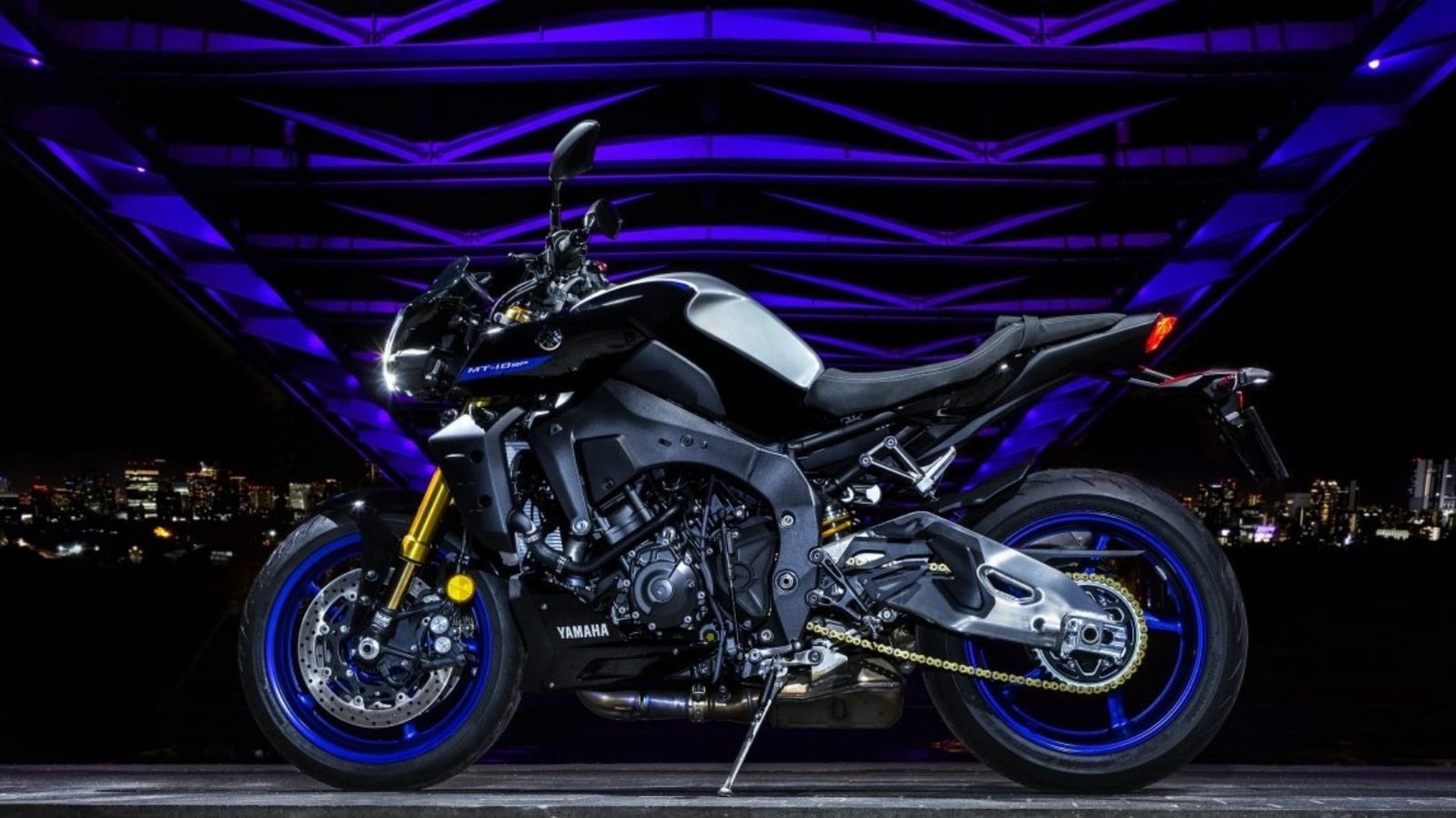Copyright SlashGear

When it comes to respected motorcycle brands, Yamaha is right up there with the best of them. For a company that started as a music manufacturer, and in fact has some of the best pianos in the game, Yamaha knows a thing or two about making interesting, high-quality motorcycles. There's no better way to showcase the company's prowess than with two of its most beloved lineups: the Yamaha Supersport (R-Series) and Hyper Naked (MT-Series) bikes. Both these bike families feature motorcycles with high-end parts that make them speedy and equally aggressive-looking. However, the most significant difference between the two lies in their use and, as such, the specific parts they sport to shine more in their chosen niches. Supersports are more geared for track use and aggressive riding on open roads, and come with features such as Yamaha's high-RPM performance engine and a full fairing for aerodynamics. On the other hand, Hyper Naked bikes are better suited for street use and daily riding, as shown by their lack of a fairing, lower-RPM engines, and upright, relaxed riding position. While these are the most glaring differences that set these two lines of bikes apart, they are by no means the only ones. Yamaha introduced the Supersport line at the turn of the century with the launch of the YZF-R1, a motorcycle that changed sports bikes forever. As you would expect, the YZF-R1 is still at the center of the Supersport lineup, with a 2025 release and a starting MSRP of $18,999 (plus a $625 destination charge for each motorcycle). The R1 is excellent as a track bike with features that include 998cc CP4 engine, aggressive R‑Series styling, Brembo brakes, and a KYB front fork. Meanwhile, the most expensive bike here is the YZF-R1M, which is a step up from the R1, and comes in at a whopping $27,699 ($625 destination). This bike has all the racing fixings like the base R1's CP4 engine and sharp styling, but with additional parts not available on the R1, such as Öhlins electronic racing suspension and a full carbon fiber body. As for the Hyper Naked line, Yamaha introduced the first bike, the MT-09, in 2013. Like the R1, the MT-09 has a 2025 model, which comes in two variants: the MT-09 for $10,799 ($625 destination) and the MT-09 SP, priced at $12,499 ($625 destination). The SP variant is a more souped-up version of the base MT-09, with features such as Brembo brakes, cruise control, a premium seat, and Öhlins monoshock rear suspension, to name a few. The base MT-09 features a 890cc liquid-cooled CP3 engine and the Hyper Naked line's iconic styling. The price alone tells you that the Supersports are meaner on the road. On the Hyper Naked side, the most expensive motorcycle is the MT-10 SP, which is a variant of the base MT-10, like the MT-09 and its SP model. This particular SP goes for $17,299 (the base MT-10 goes for $14,799 (plus the $625 destination charge). The difference here comes in aspects such as Öhlins semi-active electronic suspension, braided steel brake lines, and a premium 4.2-inch full-color TFT display. Aside from prices, these bikes also come with different attributes that make them better suited to their chosen niches, as evidenced by the suspension types on the YZF-R1M and MT-10 SP. Other factors that differ include fuel economy, which favors the Hyper Naked family. While the MT-10 SP averages 36 miles per gallon, the R1M only gets 33. Then there's the MT-03 and YZF-R3, which are the least expensive bikes in their respective families. While the MT-03 averages 62 mpg, the YZF-R3 only gets 56. Styling also differs greatly. The Supersports feature a full fairing and windscreen designed to be as aerodynamic as possible, which is perfect for racing. On the other hand, the Hyper Nakeds feature minimal bodywork, with the bulk concentrated at the front of the bike, resulting in an exposed engine and frame that give it a compact, muscular look. Which bike you choose will ultimately boil down to personal preference. A Supersport will shine when you're trying to win races on a track or see how fast you can get home, while a Hyper Naked will be more suited for daily rides, commuting to and from work, or simply going on an evening ride to clear your mind.



